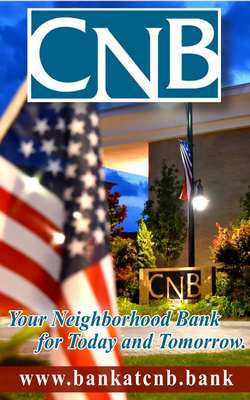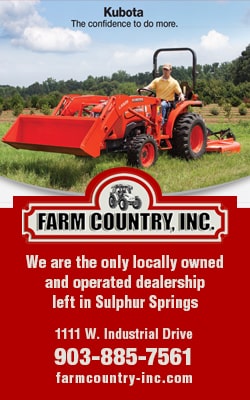Cattle Numbers Lowest Since the 70’s
July 28, 2025 – A severe cattle shortage in the United States, the world’s largest beef-producing country, has pushed cattle costs to historic highs, slashing profits for major meatpackers like JBS NV and Tyson Foods Inc. and driving record beef prices at grocery stores. The shortage stems from years of herd reductions by ranchers who struggled with high interest rates, expensive feed, and prolonged drought conditions. These pressures led many to sell off cattle rather than invest in long-term herd maintenance or expansion.
Now, with cattle prices surging and pasture conditions showing signs of improvement, speculation is rising about whether ranchers might begin rebuilding their herds. However, current data offers little evidence of a meaningful shift. According to the latest USDA figures, the number of heifers in feedlots has remained relatively stable compared to steers, suggesting that ranchers are not yet holding back females for breeding — a key sign of herd expansion.
Derrell Peel, an agricultural economist at Oklahoma State University, notes that while cattle numbers appear to be stabilizing, there’s no clear sign of growth. Until ranchers begin retaining more heifers and investing in herd expansion, beef supplies will likely remain tight, keeping pressure on prices and the broader meat industry.







